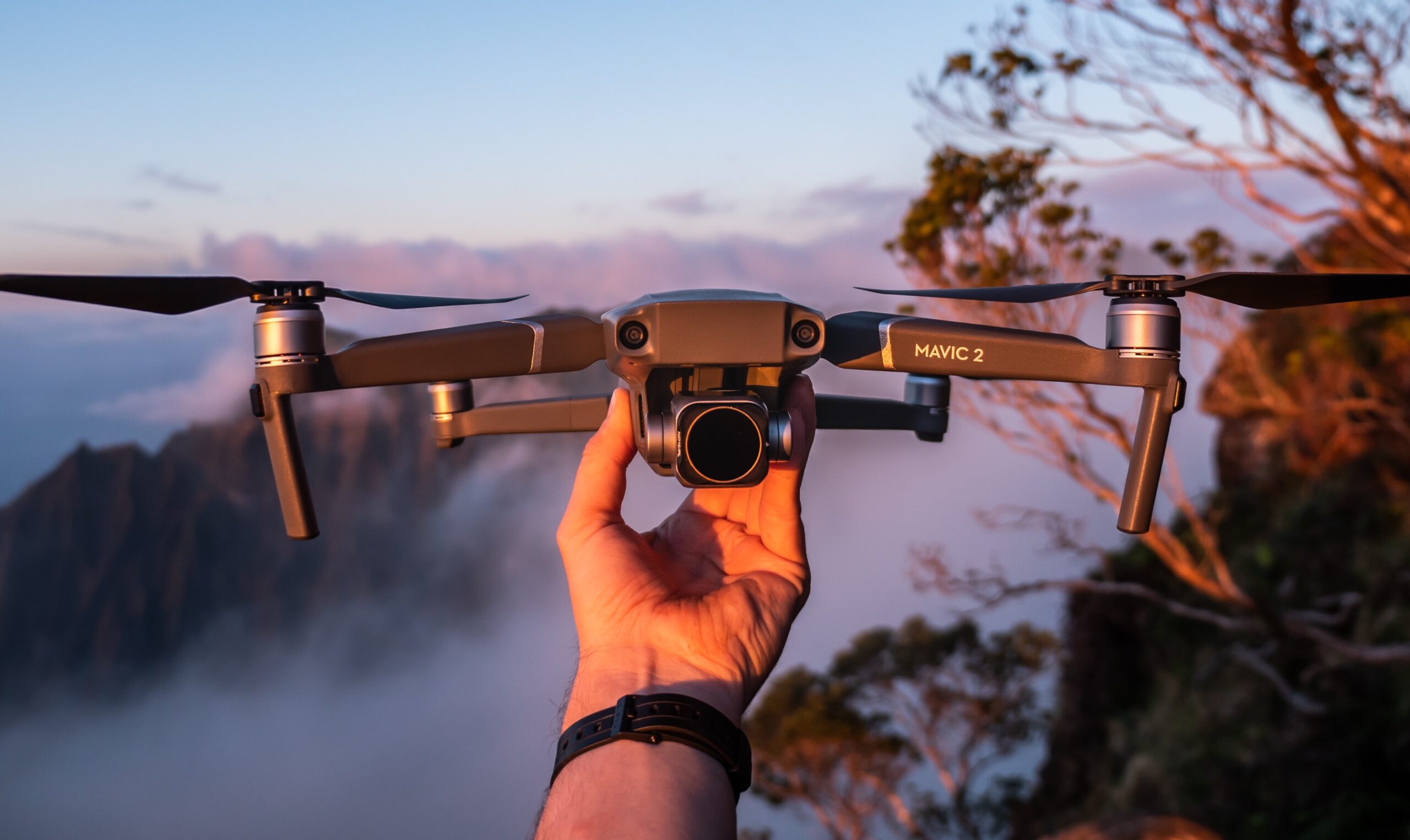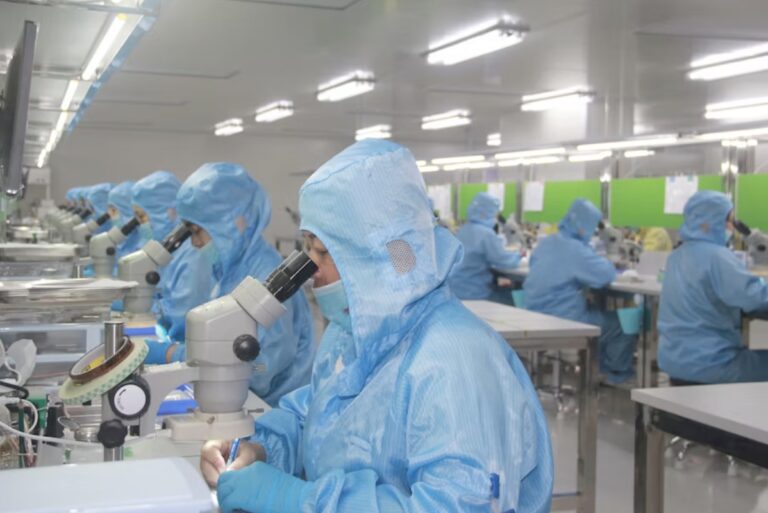The drone “empire” of DJI began in the dormitory of college student Wang Tao in 2006. As the founder of DJI, Wang Tao has been obsessed with studying Unmanned Aerial Vehicles (UAVs) all his life. After graduating from Hong Kong University of Science and Technology, he was determined to pursue his dream of moving DJI (a start-up company at the time) to Shenzhen, the center of China’s innovative manufacturing industry.
In recent years, the scale of China’s commercial drone market has continued to expand. According to QianZhan.com, the size of China’s commercial drone market reached RMB 40.1 billion in 2021 and the commercial drone market accounted for about 60% of the drone market. In 2022, the size is estimated to reach about RMB 45.3 billion. DJI now has over 700 stores solely in Mainland China.

DJI is undoubtedly the most famous drone brand today and has a dominant role in the global drone market. It is also one of the most globally influential Chinese companies and a representative of the tech industry in China. According to Prospective Industry Research Institute, DJI products already account for over 80% of the global market share and over 70% in China, ranking first among global commercial drone companies in 2020.
The growth and expansion of DJI have clear stages, starting from the consumer market to enhancing the core technology, and moving to occupy the professional market. Its successful growth has triggered the attention of the US and led to sanctions to DJI in Dec 2021. However, the sanction is only about US investment in DJI, which is banning US citizens from buying and selling shares of DJI. Consumers in the US can continue to buy and use DJI drones. Moreover, According to the Reuters news agency, more than 900 US public safety agencies, including police in New York City, use DJI products. The capability of DJI drones has a chance to overcome the sanction and develop without the portion of US investment.
This article will break down and introduce strategies adopted by DJI at different times.
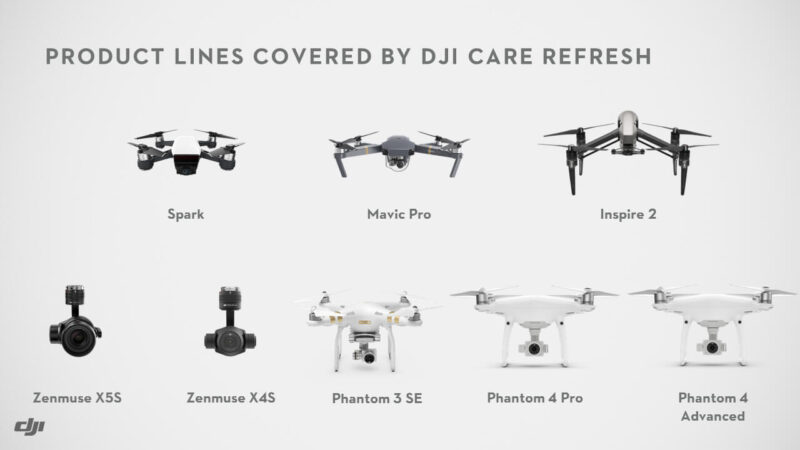
Founding Strategy – Develop consumer drones
Released in 2013, Phantom 1 is DJI’s first drone product with a built-in GPS system. Nurtured by the product innovation strategy, Phantom 1 was revolutionary. Before this, users could not fix the position of the aircraft in the air, which made it difficult to drive the drone freely. The built-in GPS system allows a more precious control, and even if the user lets go of the remote control, the drone can autonomously fix its position or hover in place. Such breakthroughs in technology have made DJI’s drones safer and more reliable than any other brand at the time and gave users unprecedented control over their drones.

Later DJI launched the Phantom 2 series, continuing to lead the innovation in the drone industry. With this new product, DJI extended the flying range and battery life of the product, providing a better user experience and improving the capability of the drone.
The great significance of this improvement is that now there is no need for operators to frequently land and change the battery. Second, the Phantom 2 Vision and Vision+ (two advanced editions) also came with an optional Lightbridge add-on for a longer range, as well as a stable and reliable HD video downlink up to 1 km, which was the first-ever at the time. This is significant in another sense, as drone operators can use their smartphones to view and refine high-definition aerial photos and videos captured, thereby unlocking the full creative potential of drone technology.

With DJI drone technology reached another level
However, DJI was never satisfied and continued to be humble and develop at their own pace. The release of the Phantom 3 series in 2015 allowed the company to successfully snatch a significant market share. First of all, the Phantom 3 series is equipped with a built-in Lightbridge system and a brand new bottom visual positioning system, which increases the stability and accuracy of aerial photography. In addition, the series has another major improvement, which is the integration of its built-in GPS system with the Russian GLONASS satellite navigation system (GLONASS), which enables the drone to connect to more satellites and operate more stably and precisely.
To promote the Phantom 3 series, DJI also launched the DJI Go application. Through the DJI Go app, drone operators can easily connect and manipulate the drone’s camera settings and flight controls on mobile devices, and the app automatically alerts if it detects any issues with the drone. With a streamlined interface and easy operation, the app brings drone technology closer to the masses and appeals to a wider audience.
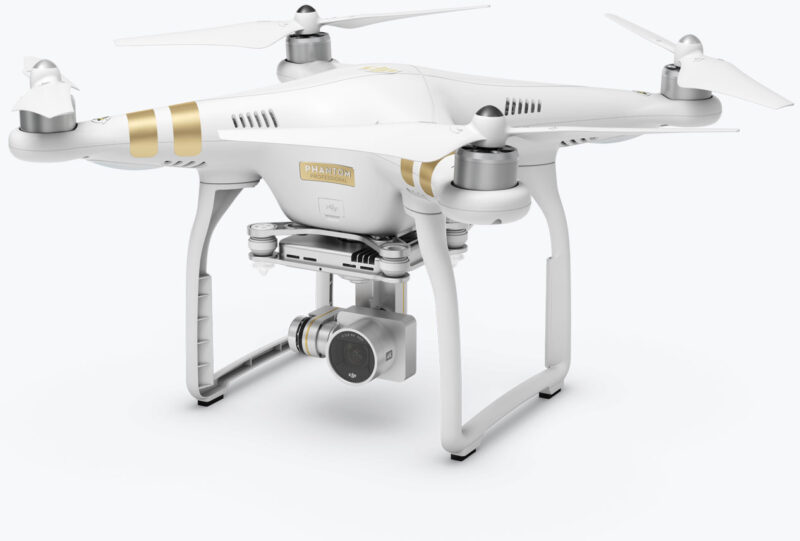
The later version of Phantom 4 marked a full collection of sophisticated technology DJI had developed by 2016. DJI has never slowed down its technological development. From the Phantom 1 with a 10-minute flight time, a flight distance of about 300 meters, and no camera yet, to the Phantom 4 Pro with a 30-minute flight time, a flight distance of 7 kilometers, and a 4K resolution, 20-megapixel camera, DJI has really proved that they are willing and able to elevate drone technology to a level that other companies are hard to catch up.
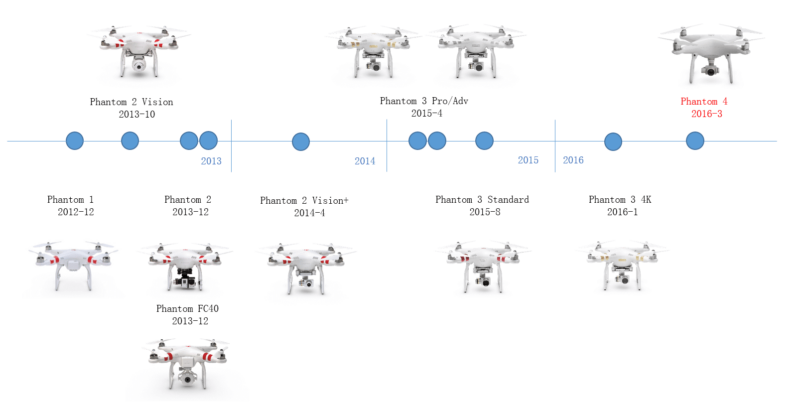
Growing Strategy – Expand from the consumer market to the professional market
After its success in the field of consumer drones, DJI realized the huge revenue potential of the B2B market and decided to enter the business industry. While continuing to dominate the consumer drone market, DJI has relentlessly invested in the development of their professional drone product line, including the Inspire series and the Matrice series. The Inspire series is designed to meet the professional needs of the film and television industry, while the Matrice series is designed for commercial and industrial monitoring in various industry sectors such as agriculture.

DJI’s quest to dominate both the consumer and professional market
The charm and innovative spirit of DJI professional drones are that they have perfectly integrated the key basic technologies developed for consumer drones into professional drones. In this way, DJI’s enterprise drones remain user-friendly while still performing professionally-demanding enterprise tasks. From aerial monitoring and surveying of roads, buildings, and bridges to carrying out rescue missions, DJI has raised the potential of drone technology to improve and even transform the way industries around the world operate. Based on heavy investment in R&D and a relentless pursuit of innovation, DJI has changed the world’s perception of drone technology, and drones are no longer solely seen as an aerial photography tool. As awareness of the potential of drones continues to increase, the use of DJI drones in various fields such as public safety, infrastructure, energy, and construction continues to increase, expanding DJI’s professional and consumer-grade capabilities.
In addition, since 2015, DJI has invested in the development of agricultural plant protection drones. In the past six years, it has launched the MG-1P series, T16, T10, and T30 plant protection drones launched in November 2020 to help Chinese farmers increase their income. DJI started the layout in the agricultural field and quickly took the lead. In 2020, DJI’s plant protection drones completed 500 million mu (~2 million square kilometers) of operations, covering more than 200 million mu (~0.8 million square kilometers) of arable land, with overall ownership of nearly 70,000 units.
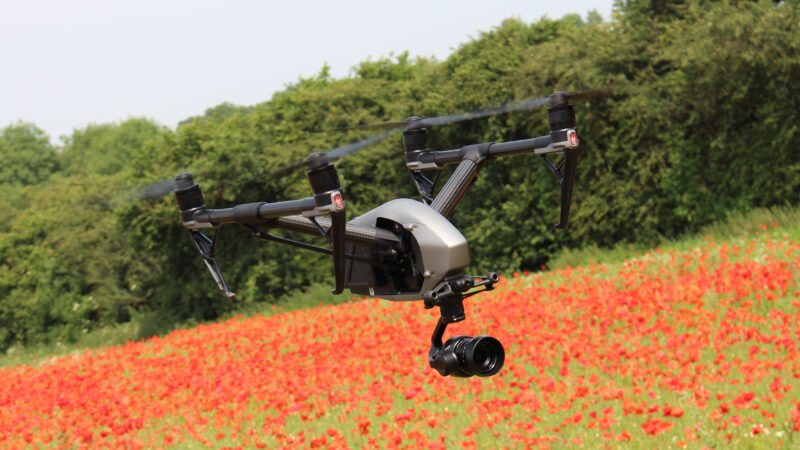
Diversification Strategy – Building a “DJI Ecosystem”
Expanding from drone technology to other areas of the tech industry has also proven to be a key move for DJI to achieve market dominance.
For years, while its competitors have struggled to launch a single product, DJI has been launching a steady stream of specialized drones that cover the full spectrum of needs, from professionals to ordinary consumers. In recent years, DJI has increased investment in the expansion of its own brand of cameras and gimbal systems, including the Osmo series, Ronin series gimbal, and Zenmuse series gimbal cameras. In 2017, DJI acquired a majority stake in Hasselblad, a leading company in the camera industry, and released the first flying glasses, DJI Goggles, which showed that DJI’s vision goes far beyond drones.
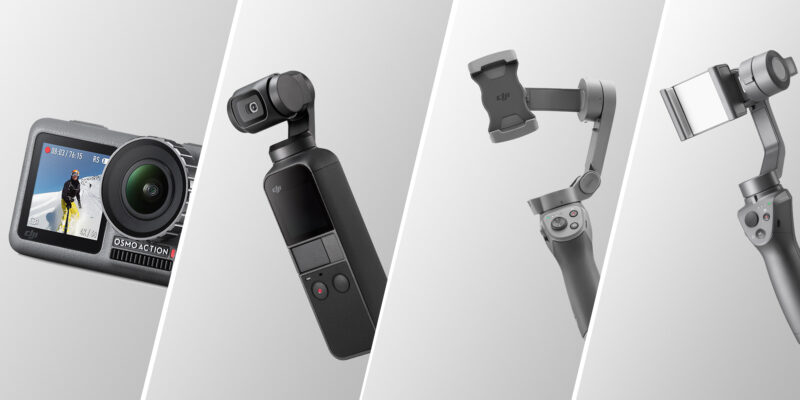
In addition, starting in 2019, DJI has successively launched the RoboMaster series of professional educational robots, held the RoboMaster Robot Master Challenge, and established an education branch to expand into the popular field of technology education for teenagers.
Through the ingenious cross-promotion of various devices in different fields, DJI has been able to soar across the entire technology market, creating a complete “DJI ecosystem” similar to Apple’s. In the eyes of the masses and the market, DJI has long gone beyond the label of a simple “drone maker”.
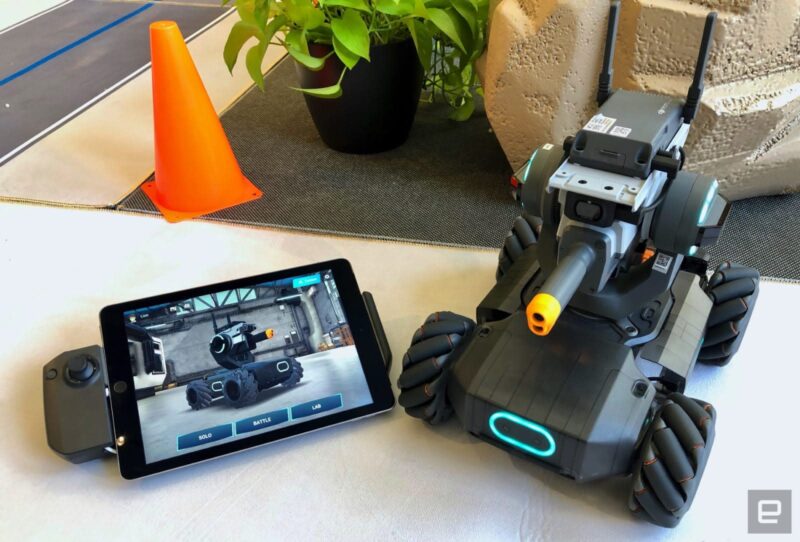
Key Takeaways
- DJI spent more than 5 years to consolidate its core technology and develop its founding strategy, before launching the first consumer drone Phantom 1 in 2013.
- DJI has kept innovating, thus building increasingly more sophisticated and user-friendly drones, and including developing a mobile app DJI GO to make flying easier.
- DJI noticed the potential market of enterprise drones and utilized the existing technology to produce task-based aircrafts, such as Inspire & Matrice.
- The breakthrough and maturity in optical technology allowed DJI to introduce cameras and gimbals to expand the target market.
- The mechanical development urged DJI to increase input on robotics and tap into the technology education market with its newly-launched RoboMaster.
Author: Michael Ling


